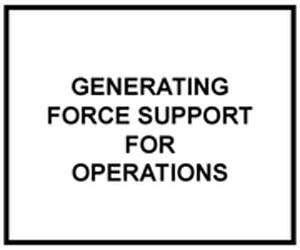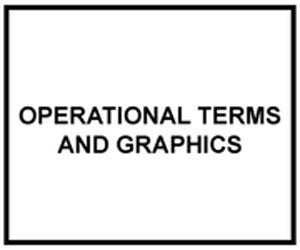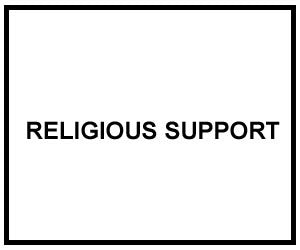
FM 3-3: CHEMICAL AND BIOLOGICAL CONTAMINATION AVOIDANCE
Official US Army Field Manual in Acrobat PDF file format.
The mission of the Chemical Corps is to prepare the Army to survive and win in a Chemical and Biological (CB) warfare environment by -
* Developing doctrine, organizations, training products, and equipment for CB defense, chemical retaliation, and smoke and flame operations.
* Minimizing the impact of CB weapons through contamination avoidance, protection, and decontamination.
* Employing smoke.
* Employing flame.
This manual is one of five that explains the fundamentals of NBC defense:
* FM 3-3, Chemical and Biological Contamination Avoidance.
*FM 3-3-1, Nuclear Contamination Avoidance.
*FM 3-4, NBC Protection.
* FM 3-5, NBC Decontamination.
* FM 3-7, NBC Handbook
A general overview of these fundamentals is given in FM 3-100, NBC Operations. This manual, FM 3-3, defines and clarifies the entire process of CB contamination avoidance. Another manual, FM 3-3-1, outlines contamination avoidance procedures for nuclear operations. This manual has limited distribution specially for separate brigades, division, and corps level NBC Control Centers.
FM 3-3 details the NBC Warning and Reporting System, how to locate and identify CB contamination, and how to operate in and around NBC contamination. This manual is designed and intended to be an easy-to-read, step-by-step manual depicting the manual method of calculating CB contamination avoidance procedures for chemical officers and NCOs. However, subject matter discussed in Chapters 1 and 2 and Appendices A and C are of general use for all branches and MOS.
Chapter 1 defines the CB Threat, how to reduce unit vulnerability, and implements STANAG 2984, graduated levels of NBC Threat and minimum protection.
Chapter 2 defines how we warn our troops of an enemy CB attack and how we warn of a friendly chemical attack.
Chapters 3, 4, 5, and 6 detail procedures for detecting, identifying, evaluating and plotting hazards while operating in an CB environment. These chapters are essential for battalion, brigade, and division chemical personnel.
Appendix A provides operational situation guidelines for the principles of contamination avoidance in the form of a checklist.
Appendix B provides supplemental information on biological agents and a list of country codes used in processing biological samples.
File download size: 2.5 MB



